As Apple has taken control over the chips on its MacBook models with the first-generation Apple Silicon or Apple M1 Chip, the performance and efficiency gains have skyrocketed.
The three new Apple devices released with the M1 chip – MacBook Air, MacBook Pro, and Mac Mini all show promising benchmark results that make it a case to switch from the Intel-based Mac devices.
However, before you decide on making the switch, you will have to consider your options as a user on whether buying MacBook Pro M1 or MacBook Air M1 will be the ideal choice for you. Both these devices come with the latest Apple Silicon chip and boast of superior performance compared to their Intel-powered counterparts.
Depending on your needs, you can decide which MacBook is best for you. Your preference may be entirely different from others but will meet your goals as a user.
Let’s take a look at the types of MacBooks powered by the Apple M1 chip to decide which MacBook M1 chip is best for you.
Apple MacBook Air M1 Chip
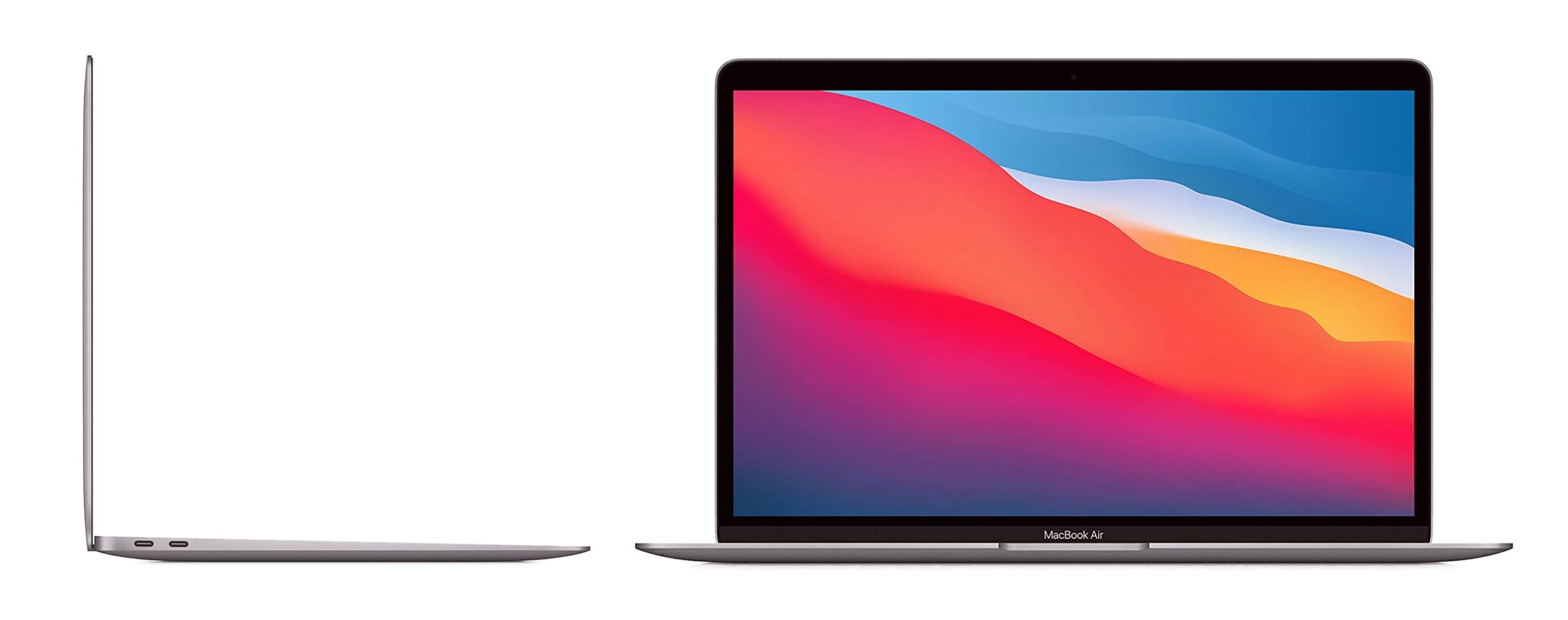
The newest Apple MacBook Air M1 is suitable for basic to intermediate users. But it can even satisfy power users based on the latest benchmark and test results. The first-generation M1 chip on the device crushes all Intel competition by a fair margin. This is shown by the CPU and GPU benchmark results for single-core and multi-core performance. Along with a long-lasting battery, support for iPad and iPhone apps, and a near-quiet operation, the Apple MacBook Air M1 is the perfect lower-end MacBook for users.
MacBook Air M1 CPU Performance
CPU Performance | Geekbench 5 Score | |
|---|---|---|
Single-Core | Multi-Core | |
MacBook Air (Late 2020), Apple M1 @ 3.2 GHz (8 cores) | 1688 | 7284 |
MacBook Air (Early 2020) Intel Core i7-1060NG7 @ 1.2 GHz (4 cores) | 1133 | 3048 |
iMac (27-inch Retina Mid 2020), Intel Core i9-10910 @ 3.6 GHz (10 cores) | 1249 | 9011 |
MacBook Pro (16-inch Late 2019) | 1095 | 6867 |
Mac Pro (Late 2019) | 1025 | 8006 |
The MacBook Air M1 scores a massive score of 1688 on the single-core Geekbench test. The nearest Intel chip on Mac is nowhere close to this performance. The Core i9-10910 running on the Apple iMac 2020 is a 10-core processor that runs at 3.6GHz which has a single-core score of 1249.
Even the multi-core performance score of 7564 is significantly higher than the Intel models. This is all good news for the new MacBook Air as it has a big leg up due to the M1 chip that has enabled Apple to make a tightly optimized architecture geared towards greater performance.
On comparing with the latest Intel Tiger Lake chips that run on new Windows laptops, we found that the M1 chip still offers a more powerful performance. The superior single-core and multi-core scores highlight that the MacBook Air M1 is suitable for intensive multi-tasking and running applications that use more than one core at a time.
Macbook Air M1 GPU
The System-on-Chip (SoC) hardware has enabled Apple to compactly contain everything needed for the smooth functioning of Mac devices including the CPU and GPU in a single chip.
The GPU performance of the MacBook Air M1 often surpasses many desktop GPUs. According to a new benchmark submission spotted on GFXBench, the Apple M1 processor outdoes the graphics performance of desktop GPUs including the AMD Radeon RX 560. The octa-core GPU on the M1 chip can handle nearly 25,000 threads at a time and with the optimized architecture that works well with the MacBook Air M1, the performance is amplified.
The fact that the M1 chip can compete with desktop GPUs and outperform them gives an insight into the power of these chips. The MacBook Air M1 can deliver the goods needed for a strong gaming experience.
However, you have to know that the MacBook Air M1 has two options for GPU. You can choose whether you want 7 cores or 8 cores, based on your requirements. If you’re thinking about which MacBook is best, the 8-core MacBook Air is certainly the winner due to the added core that can handle more tasks.
RAM
The Apple MacBook Air M1 comes with up to 16GB of RAM. While there have been questions regarding why there is not a better upgrade than 16GB, the answer lies in the fact that users do not need more than 16GB of RAM on this perfectly optimized M1-powered MacBook Air. You will not max out on the RAM needs and be at a point where you need more RAM to ensure the buttery smooth functioning of your MacBook.
Display
The MacBook Air M1 comes with a 13.3” retina display and Apple has given the display an upgrade from the sRGB gamut to the P3 wide color gamut. This means that the colors you see on the new MacBook Air M1 screen are richer than the previous versions. With the upgrade, the display is nearly the same as on the MacBook Pro M1.
The True Tone Technology and the retina high-density display match the ambient color temperature that ensures the color on the screen of the MacBook Air M1 remains consistent throughout. This means that the white color on the screen remains consistently white throughout instead of looking a little yellow or blue.
Battery Life
While the performance level of the Apple MacBook Air M1 is impressive, the battery life makes it perfect for sustained long hours of use. The sleeker MacBook Air has a battery life that can last for 15 hours on wireless web browsing and 18 hours on video playback. This is almost 6 hours more than the Intel-based MacBook Air.
The M1 chip delivers on the efficiency gains by ensuring that the MacBook Air M1 lasts long while still being a strong performer.
[amazon box="b08n5m7s6k"]
Apple MacBook Pro M1 Chip
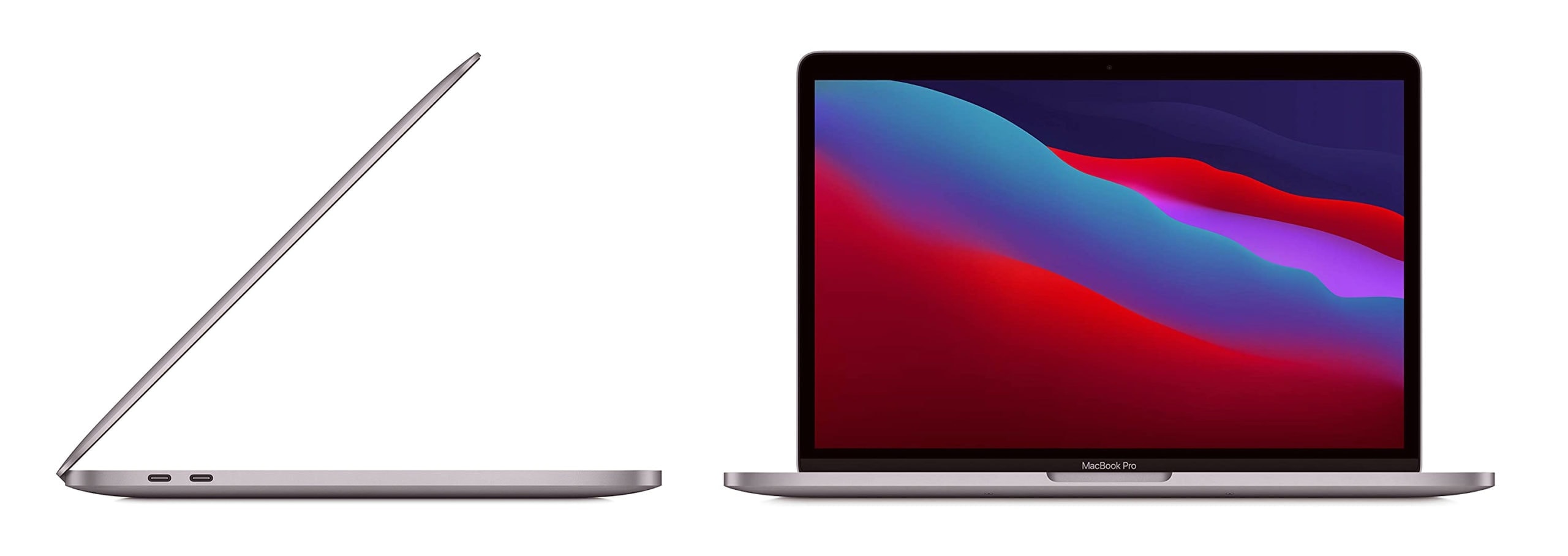
The Apple MacBook Pro M1 is ideally suited for power users who run many intensive tasks on their MacBook. The M1 chip on the newest MacBook Pro makes the device a powerhouse for all kinds of tasks. The Apple Silicon chip makes sure that working on the MacBook Pro M1 is a treat for any user. Made for sustained high performance, the MacBook delivers superior CPU and GPU performance, thanks to the highly-integrated SoC that has everything packed for high performance and high-efficiency functioning. The benchmark scores for CPU and GPU performance on the MacBook Pro M1 exceed the scores of MacBook Air M1 on both single-core and multi-core making it a perfect laptop for high-end users.
If your question is, is the MacBook Pro M1 worth it, then you will find out the answer when we check its performance and efficiency. You will get more confirmation on the ideal MacBook choice for your needs as we compare the MacBook Air M1 and the MacBook Pro M1.
Macbook Pro M1 CPU Performance
CPU Performance | Geekbench 5 Score | |
|---|---|---|
Single-Core | Multi-Core | |
MacBook Pro (13-inch Late 2020), Apple M1 @ 3.2 GHz (8 cores) | 1691 | 7303 |
MacBook Pro (13-inch Mid 2020) Intel Core i7-1068NG7 @ 2.3 GHz (4 cores) | 1239 | 4514 |
iMac (27-inch Retina Mid 2020), Intel Core i9-10910 @ 3.6 GHz (10 cores) | 1249 | 9011 |
MacBook Pro (16-inch Late 2019) | 1095 | 6867 |
Mac Pro (Late 2019) | 1025 | 8006 |
On the Geekbench test for single-core performance, the MacBook Pro M1 scores an impressive 1733 that puts it above MacBook Air M1 running on a single core. The MacBook Pro M1 easily emulates the performance of the MacBooks running on an Intel chip. The competition is not even close as the closest Intel-based MacBook cannot compete with the CPU benchmark scores of the MacBook Pro M1 for single-core performance.
As for the multi-core performance is considered, the MacBook Pro M1 has a Geekbench score of 7542 which is better than Intel-based Macs and the MacBook Air M1. It is only lesser than the Mac Mini M1 which due to the fact it is a bigger device has more active cooling that allows for much more sustained high performance for very long periods of time. The new MacBook Pro M1 is best suited for users who are focused on a slightly better performance and efficiency gain when compared to the MacBook Air M1. Buying MacBook Pro M1 guarantees a strong performance that is not matched by the Intel processors and that will only get better in the upcoming versions of the Apple Silicon devices.
The intensive multi-tasking capabilities of the MacBook Pro M1 evident from the higher single and multi-core scores is a testament to the powerful M1 chip integration with the latest MacBook device. The new RISC architecture that supports most of the chips found in smartphones is a move away from the x86 architecture for Apple. However, the performance and efficiency gains of these ARM-based chips highlight the tight control of Apple on its devices to ensure a top-of-the-line experience for its users. There are 8 CPU cores in the M1 chip out of which 4 cores are performance cores and 4 cores are efficiency cores. The performance cores push the apps for more performance while the efficiency cores enable the highly efficient running of apps on the MacBook. Both of these cores work together to give the Mac users a seamless experience while using their MacBook.
MacBook Air M1 GPU
Unlike the Apple MacBook Air M1 that has the option for a 7-core GPU and 8-core GPU, the MacBook Pro M1 only has the 8-core GPU option. The GPU is contained in the SoC that also houses the CPU, Neural Cores, I/O, and RAM. The compact structuring of the chip enables Apple to reduce latency and enable a smoother and efficient functioning of the MacBook.
When it comes to the GPU performance of the MacBook Pro M1, it competes with and surpasses the GFXBench scores of many desktop GPUs. The Apple M1 processor has better graphics performance than desktop GPUs including the Nvidia GeForce GTX 1050 Ti. The octa-core GPU handles approximately 25,000 threads at a time while also delivering up to 2.6 teraFLOPS of performance.
Since there is an active cooling system on the MacBook Pro M1, it gives the laptop an edge over MacBook Air M1 which does not have a cooling fan and only relies on its cool aluminum unibody to dissipate heat. This minor setback for the MacBook Air M1 means that it has to cut down on the performance for sustained high output and efficiency without heating up the laptop.
Display
The MacBook Pro M1 has a 13.3” retina display with True Tone Technology that gives a stunning viewing experience on the laptop. The P3 wide color makes the colors on the screen pop and look richer. You will experience the sharp colors on the display of the MacBook Pro M1 when you compare it with other non-Mac laptop displays.
If you’re wondering which Apple M1 laptop is best when it comes to the display, then we will have to choose the MacBook Pro M1 that can go up to 500 nits of brightness compared to the MacBook Air M1 that can only go up to 400 nits of brightness. The higher brightness allows the MacBook Pro M1 to look better for watching videos, playing games, and reading in brighter outdoor light. This is one more reason for buying MacBook Pro M1 because it can match your need for performance with a brighter and sharper display that is pleasant to look at.
Battery Life
If you thought that the MacBook Air M1 had great battery life, you are in for a treat with the MacBook Pro M1. The new Apple Silicon chip powered MacBook Pro lasts up to 17 hours on a full charge for wireless web browsing and up to 20 hours on movie playback from the Apple TV app. All this is made possible with the bigger battery that is under the hood of the laptop. The integrated 58.2-watt-per-hour LiPo battery only sips on the charge while running the highly optimized apps for the M1 chip. Even for apps requiring running Rosetta 2, the charge doesn’t drain much while maintaining high performance.
Comparing MacBooks M1 chip performance and efficiency, the MacBook Pro M1 makes it clear that it is a better choice than MacBook Air M1. The better battery life on the MacBook Pro M1 may be a welcome addition for power users who may enjoy being able to add a couple more hours of work before plugging in to recharge the battery.
RAM
Similar to the Apple MacBook Air M1, the MacBook Pro M1 comes with up to 16GB of RAM. The RAM is inbuilt along with other essential functioning parts in the SoC and hence an upgrade to the RAM is not possible. This might be initially perceived as a disadvantage. However, the closely-knit architecture of the M1 chip and the MacBook allow for a smoother working experience with lesser RAM. Even a power user may never need more than the available unified memory on the device.
[amazon box="B08N5N6RSS"]
Apple Mac Mini M1
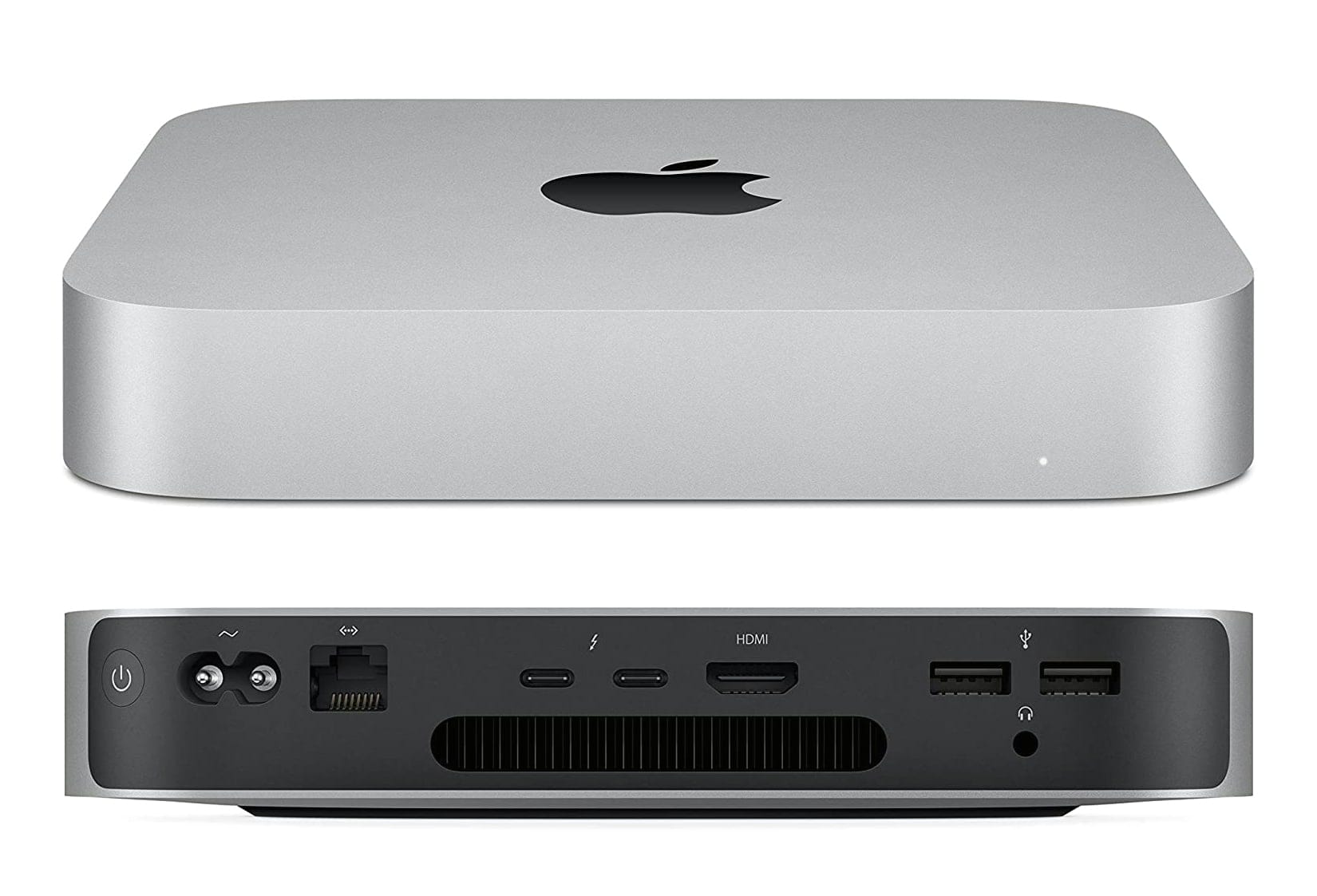
The Apple Mac mini exceeds both the Apple MacBook Air M1 and MacBook Pro M1 in terms of performance. The Geekbench 5 scores give Mac mini a single-core score of 1760 and a multi-core score of 7716. This standout performance is attributed to the bigger design of the Mac mini which allows for more effective cooling and hence the performance of the M1 chip can stay at its peak for a very long period of time.
CPU Performance | Geekbench 5 Score | |
|---|---|---|
Single-Core | Multi-Core | |
Mac mini (Late 2020), Apple M1 @ 3.2 GHz (8 cores) | 1702 | 7372 |
MacBook Air (Late 2020),Apple M1 @ 3.2 GHz (8 cores) | 1688 | 7284 |
MacBook Pro (13-inch Late 2020), Apple M1 @ 3.2 GHz (8 cores). | 1691 | 7303 |
[amazon box="b08n5phb83"]
Which MacBook M1 Chip Should You Choose?
The M1 chip on both the MacBook Air M1 (8-core GPU) and MacBook Pro M1 are the same. As both these chips are the same, it comes down to the other additions on these devices to decide which MacBook is best for you. A huge positive for MacBook Pro M1 is the presence of a fan for active cooling that makes sustained high performance and efficiency possible. The bigger battery is also an advantage over the MacBook Air model.
As we juggle choosing between these two types of MacBooks, let us make a case for why each one is suitable to make it easy to pick the best Apple M1 laptop for you.
Why Should You Buy the MacBook Air M1?
The MacBook Air M1 is cheaper among the two M1-powered laptops. It doesn’t have a few additions found on the MacBook Pro M1 but is still a far better choice when compared to the Intel-powered MacBooks. Here are our reasons why you should buy the MacBook Air M1:
- Sleek wedge design and lighter weight for easier portability
- Perfect for web browsing and other low to medium-level tasks
- Good for high-performance tasks
- CPU performance with 8 cores is close to MacBook Pro M1
- GPU performance better than most desktop GPUs
- Retina display with P3 wide color for perfect color reproduction
- Touch ID fingerprint sensor
- Backlit Magic Keyboard
- Cheapest MacBook with M1 chip
Why Should You Buy the MacBook Pro M1?
The more powerful MacBook Pro M1 enables you to experience the power of the Apple M1 chip. It is designed for high-end users who need to run multiple apps that use many cores for running. With a slightly better configuration than the MacBook Air M1, this laptop delivers everything needed for a seamless and smooth user experience. The powerful CPU and GPU can sustain high performance for long durations due to the active cooling used. Reasons why you should buy the MacBook Pro M1:
- Better CPU and GPU performance when compared to MacBook Air M1
- Ideally suited for power users
- Effective multitasking while running power-intensive apps
- Superior in performance and efficiency when compared to Intel-based models
- Fan for active cooling and sustained higher performance
- Retina display with P3 wide color and 500 nits brightness for anywhere use
- Bigger and longer-lasting battery than MacBook Air M1
- Touch Bar and Touch ID
- Backlit Magic Keyboard
The bottom line is when it comes to knowing which Apple M1 laptop is best for you, you should go for the one that has utility for you. If you are a casual user who uses the laptop predominantly for browsing, watching videos, and light gaming, then the MacBook Air M1 might be the best MacBook for you.
However, if you’re an extensive user of many intensive apps including Final Cut Pro X and Adobe Photoshop, you will be well served by the MacBook Pro M1 that can deliver high performance for longer periods of time and can last longer on a single full charge.
Know your needs before making a decision regarding the MacBook that is suitable for you. The first-generation Apple M1 chip is essentially the same on the MacBook Air M1, MacBook Pro M1, and Mac Mini M1. Your choice depends on what matters to you and what you’re willing to compromise. As the next generation of ARM-based chips for MacBooks are released, we expect the performance and efficiency gains to only keep improving.

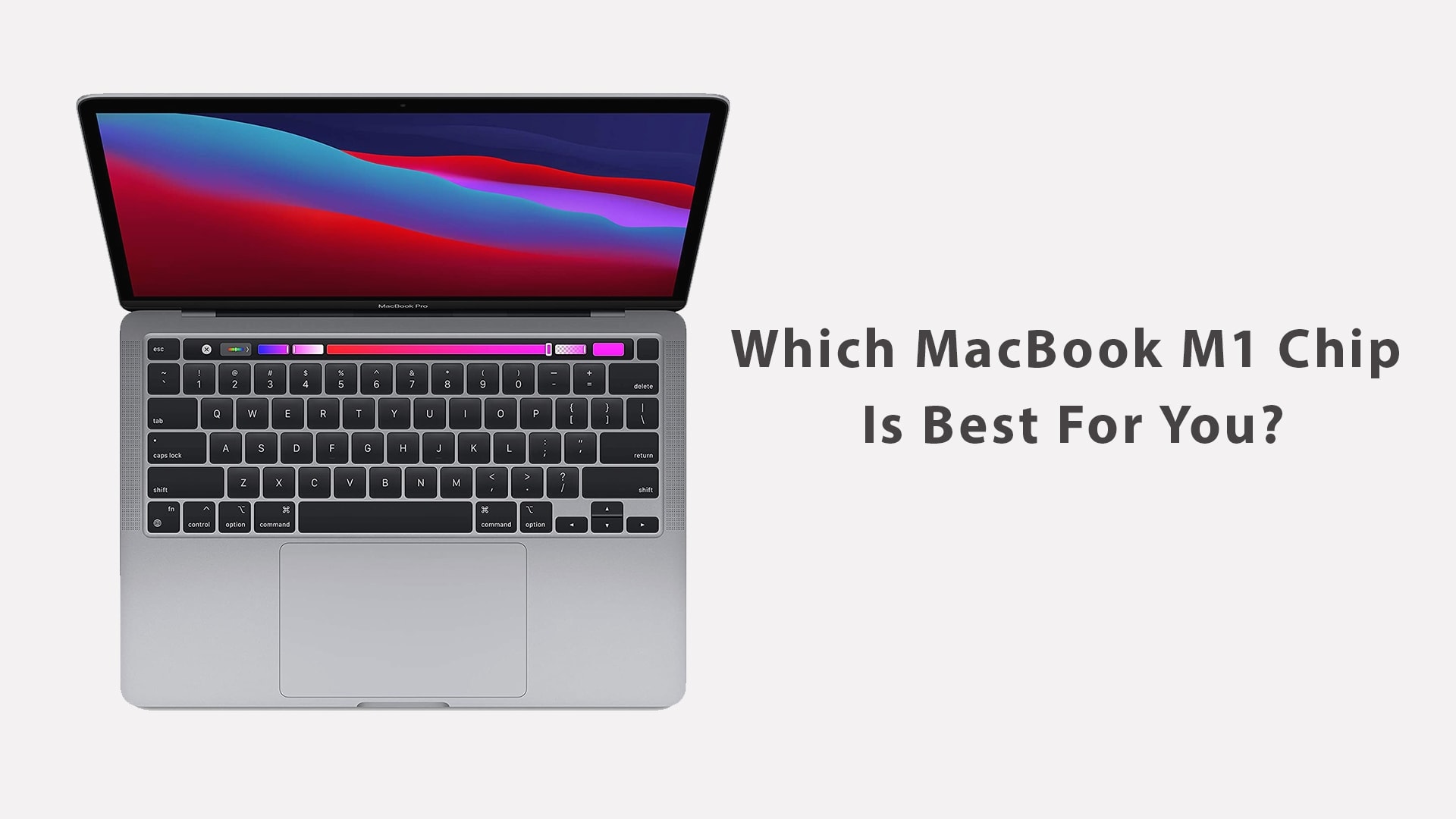
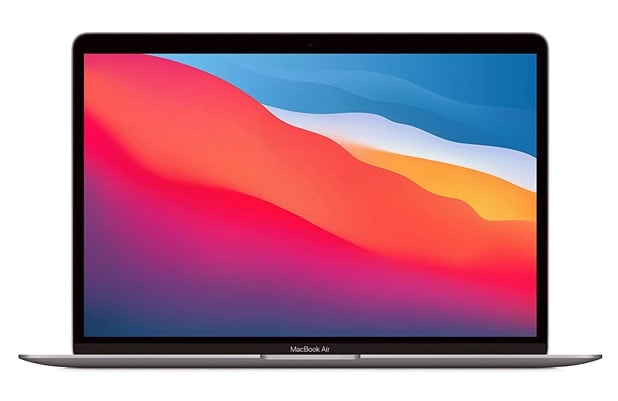
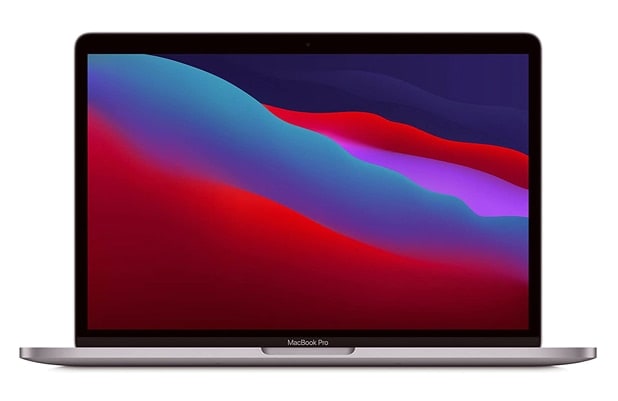
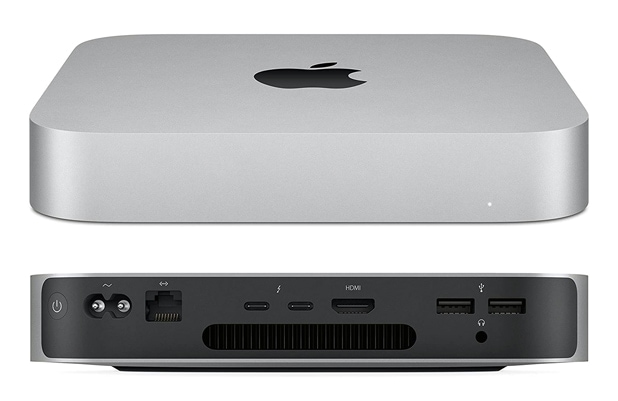






Leave a Comment